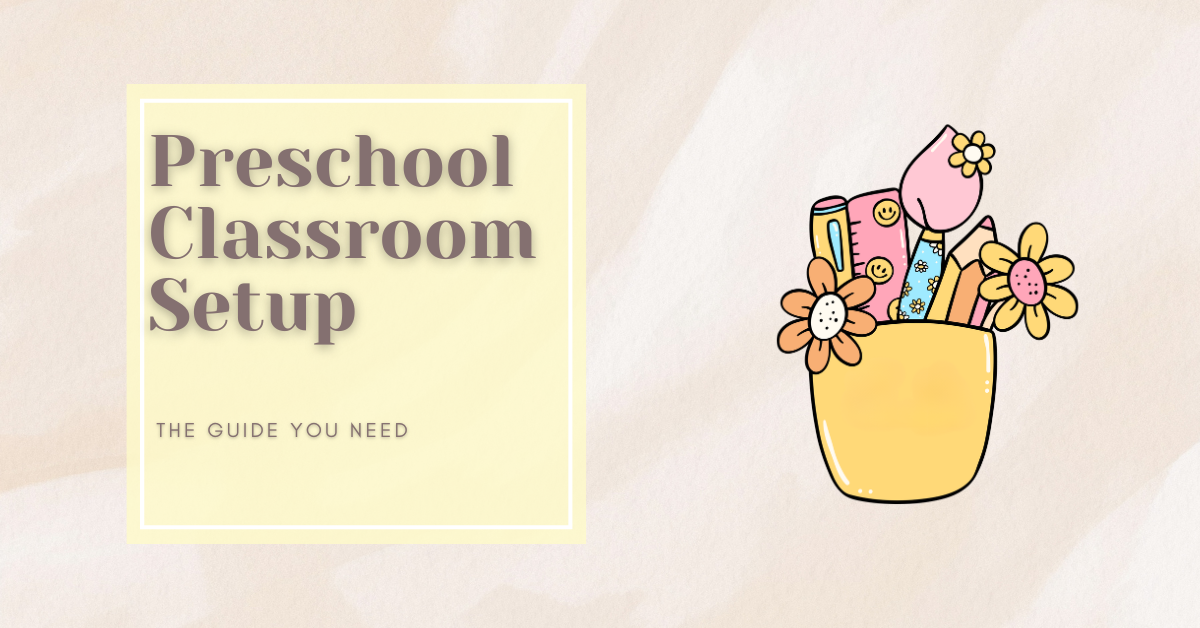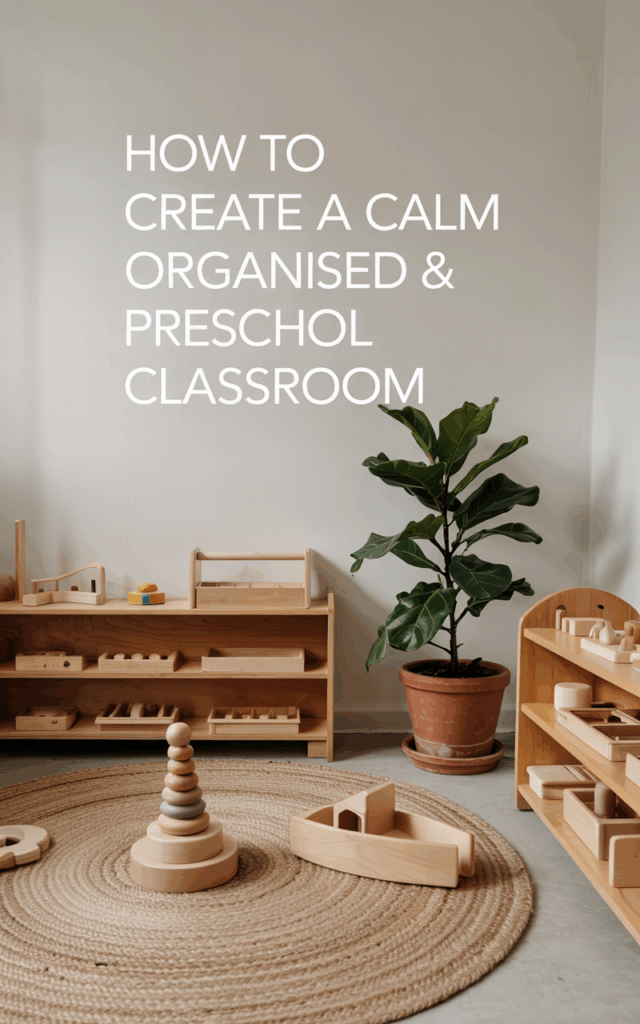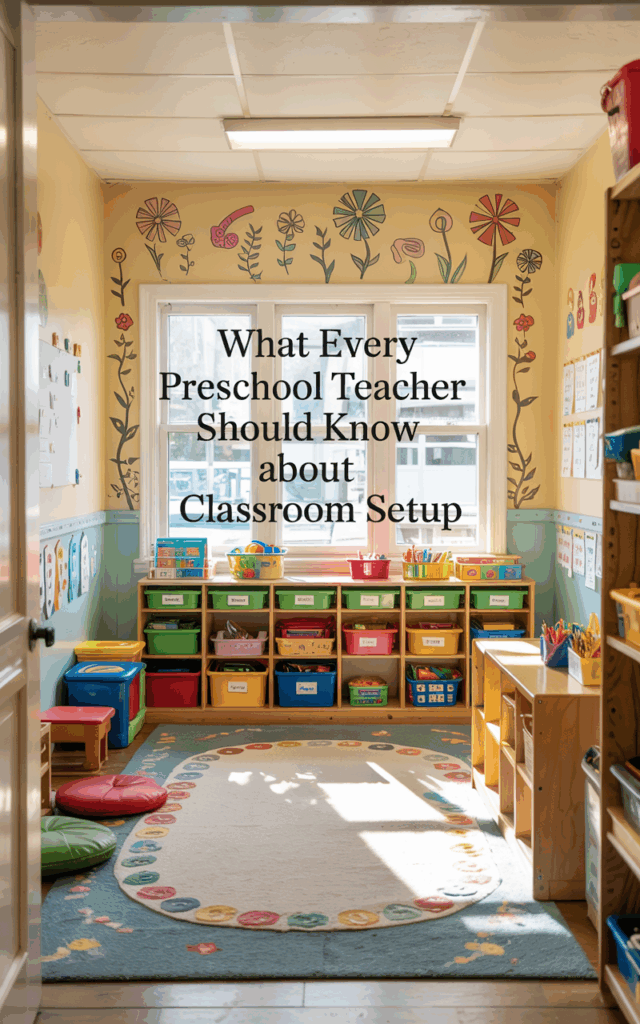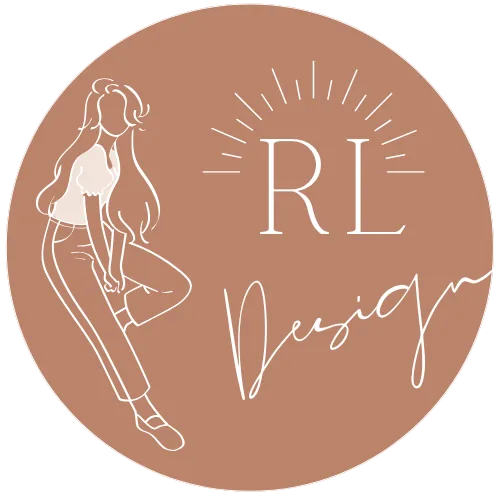
This post is all about preschool classroom setup
This site contains affiliate links, view the disclosure for more information
Why Preschool Classroom Setup Matters
Creating the perfect preschool classroom setup is of course, a very important task at the start of the teaching year. It sets the foundation for everything that happens in your classroom, from student engagement to behaviour management to how smoothly your day flows. A well-designed classroom isn’t just about aesthetics; it’s about functionality, organisation, and creating an environment where students can thrive socially, emotionally, and academically.
When I first got my own classroom, I was a bit overwhelmed by the blank walls, piles of supplies, and the pressure to make the space just right. I wanted my classroom to feel warm and welcoming for the students, but also a space that I wanted to be in every day. I wanted a space that encouraged independence and supported every learning style. The only problem was, I had no idea where to begin. Sound familiar?

Over the years, I’ve learned that an intentional preschool classroom setup saves time, reduces stress, and helps children feel safe and excited to learn. The way you arrange furniture, organise materials, and define learning areas can impact everything from your students’ ability to focus to their social development. It’s not about Pinterest-perfect displays, it’s about creating a space that works for you and your learners.
In this in-depth guide, I’ll walk you through everything you need to know about preschool classroom setup. From zoning your space and choosing furniture to storage solutions, layout tips, and daily routines.
You’ll also find real-life stories from my own classroom experiences, product suggestions, and answers to the most common questions teachers ask about preschool classrooms.
Whether you’re setting up a preschool classroom for the very first time or refreshing your space mid-year, this post is packed with practical advice to help you create a purposeful and peaceful learning environment that truly works.
So, if you’re searching for preschool classroom setup ideas, layout inspiration, and tried-and-tested tips from a fellow teacher, you’re in the right place.
- Why Preschool Classroom Setup Matters
- 1. Why Preschool Classroom Setup is So Important
- 2. Planning Your Space: Start With the Basics
- 3. Must-Have Learning Areas in Your Preschool Classroom Setup
- 4. Furniture & Layout Tips
- 5. Storage Solutions That Actually Work
- 6. Creating Calm with Colour and Decor
- 7. Daily Routine Flow & Transitions
- 8. Common Questions About Preschool Classroom Setup
- 9. Product Picks for an Easier Setup
- 10. Final Thoughts: Done is Better Than Perfect
1. Why Preschool Classroom Setup is So Important
Your preschool classroom setup directly influences how your students feel, interact, and learn. A thoughtful environment supports independence, reduces stress, and boosts curiosity. It’s also key for managing behaviour.
In preschool, children are just starting to learn how to be at school. They’re developing routines, social skills, and a sense of self within a group setting. The way your classroom is arranged can either support or hinder that development. For example, clearly defined zones for different activities, like a calm reading corner, a vibrant art space, or a dramatic play area, help preschoolers know what’s expected in each area and encourage them to take ownership of their learning.
A well-organised preschool classroom setup also reduces overwhelm, for both the students and the teacher.

When children know where to find materials and how to use them, they build confidence and independence. For teachers, a clear layout supports smooth transitions and easy supervision, which in turn helps maintain a calm and structured environment.
When I first started setting up my classroom, I underestimated the power of simple decisions, like where to place the carpet area or how to label toy bins. But once I saw how those choices impacted the day-to-day flow, I realised that setup was just as important as lesson planning. A strong setup can literally change the way your classroom feels.
Teacher Tip: Think of your room as the “third teacher”—it should teach routines, expectations, and independence just by how it’s set up.
2. Planning Your Space: Start With the Basics
Before moving a single shelf, take a breath and ask yourself:
- What activities happen daily?
- How many students will be using each area?
- What do I want students to be able to access on their own?
Sketch out your classroom (I use Canva for this!) and block out non-negotiable zones like group time, quiet spaces, and art.
3. Must-Have Learning Areas in Your Preschool Classroom Setup
An effective preschool classroom setup includes designated areas for:
Literacy Corner
Cosy up with cushions, low bookshelves, and rotating book bins. I like to include seasonal or theme-based books.
Product idea: This kids book shelf is an accessible option that keeps books facing out for easy access.


